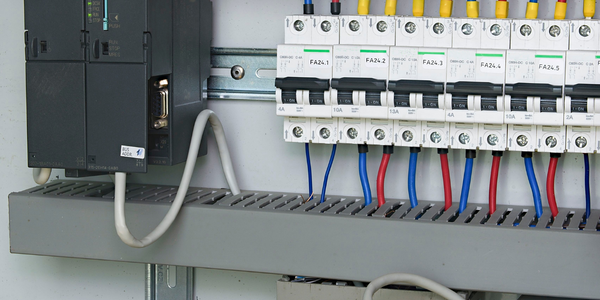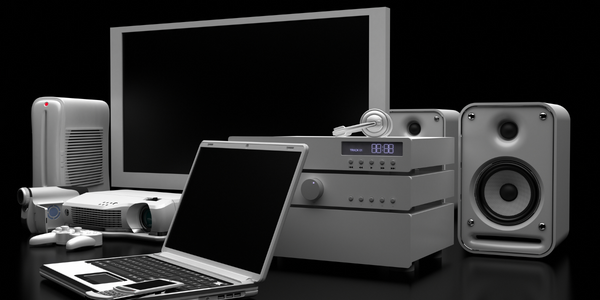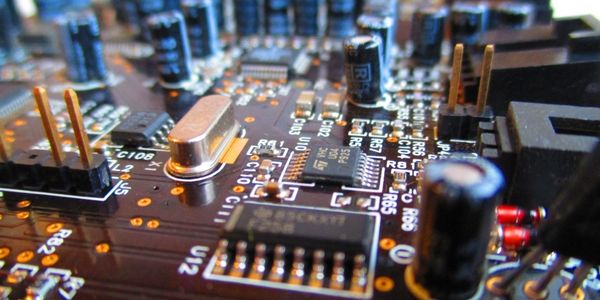Customer Company Size
Large Corporate
Region
- Europe
Product
- JDA® Transportation Manager
- JDA® Transportation Modeler
- JDA® Transportation Planner
Tech Stack
- Transportation and logistics management software
Implementation Scale
- Enterprise-wide Deployment
Impact Metrics
- Cost Savings
- Customer Satisfaction
Technology Category
- Functional Applications - Transportation Management Systems (TMS)
Applicable Industries
- Electronics
Applicable Functions
- Logistics & Transportation
Use Cases
- Supply Chain Visibility
- Fleet Management
Services
- System Integration
- Training
About The Customer
LG Electronics is a global leader in technology innovation and market leadership with a 50-year history. Over the past decade, the company’s European operations have experienced exponential growth, as demand has skyrocketed for its leading-edge flat panel televisions, mobile communications devices, and other products. This success has placed a strain on LG Electronics’ European logistics network. The company's logistics control was traditionally outsourced to various third-party logistics providers, resulting in limited visibility and control, and a reactive management style. LG Electronics Europe was also relying on an outsourced manual transportation planning system with fixed routing methodologies, which limited its ability to optimize loads, carriers, and overall capacity.
The Challenge
LG Electronics, a global leader in technology innovation and market leadership, faced a significant challenge in its European logistics network due to exponential growth over the past decade. The company's logistics control was traditionally outsourced to various third-party logistics providers, resulting in limited visibility and control, and a reactive management style. This outsourcing also led to information bottlenecks and dependency on third parties for any innovation in transportation planning. LG Electronics Europe was also relying on an outsourced manual transportation planning system with fixed routing methodologies, which limited its ability to optimize loads, carriers, and overall capacity. As a result, LG was not able to control all costs efficiently. The company sought to consolidate and upgrade its European logistics operations by bringing control in-house, aiming to proactively measure performance and continuously improve in terms of both service and costs.
The Solution
LG Electronics Europe chose transportation and logistics management capabilities from JDA Software’s Intelligent Fulfillment™ solution to internalize its logistics management. The company began by implementing JDA Transportation Modeler to envision the ideal logistics system to consolidate orders, establish transportation hubs, and select carriers in a flexible manner, based on costs and service levels. After the model was created, LG implemented JDA Transportation Manager to set up the new network and begin managing transportation orders dynamically. Cross-company workflows connect LG to its transportation supplier network, increasing collaboration and providing LG with full visibility. For the first time, LG has been able to conduct freight audits to understand its enormous transportation spend at a very granular level of detail. Armed with real-time information and exception-based management capabilities, LG’s planners can work much more efficiently — and execute their transportation decisions with a much higher degree of confidence.
Operational Impact
Quantitative Benefit

Case Study missing?
Start adding your own!
Register with your work email and create a new case study profile for your business.
Related Case Studies.

Case Study
Remote Temperature Monitoring of Perishable Goods Saves Money
RMONI was facing temperature monitoring challenges in a cold chain business. A cold chain must be established and maintained to ensure goods have been properly refrigerated during every step of the process, making temperature monitoring a critical business function. Manual registration practice can be very costly, labor intensive and prone to mistakes.

Case Study
Predictive maintenance in Schneider Electric
Schneider Electric Le Vaudreuil factory in France is recognized by the World Economic Forum as one of the world’s top nine most advanced “lighthouse” sites, applying Fourth Industrial Revolution technologies at large scale. It was experiencing machine-health and unplanned downtime issues on a critical machine within their manufacturing process. They were looking for a solution that could easily leverage existing machine data feeds, be used by machine operators without requiring complex setup or extensive training, and with a fast return on investment.

Case Study
Cloud Solution for Energy Management Platform-Schneider Electric
Schneider Electric required a cloud solution for its energy management platform to manage high computational operations, which were essential for catering to client requirements. As the business involves storage and analysis of huge amounts of data, the company also needed a convenient and scalable storage solution to facilitate operations efficiently.

Case Study
Leveraging the IoT to Gain a Competitive Edge in International Competition
Many large manufacturers in and outside Japan are competing for larger market share in the same space, expecting a growing demand for projectors in the areas of entertainment, which requires glamor and strong visual performance as well as digital signage that can attract people’s attention. “It is becoming more and more difficult to differentiate ourselves with stand-alone hardware products,” says Kazuyuki Kitagawa, Director of Service & Support at Panasonic AVC Networks. “In order for Panasonic to grow market share and overall business, it is essential for us to develop solutions that deliver significant added value.” Panasonic believes projection failure and quality deterioration should never happen. This is what and has driven them to make their projectors IoT-enabled. More specifically, Panasonic has developed a system that collects data from projectors, visualizes detailed operational statuses, and predicts issues and address them before failure occurs. Their projectors are embedded with a variety of sensors that measure power supply, voltage, video input/ output signals, intake/exhaust air temperatures, cooling fan operations, and light bulb operating time. These sensors have been used to make the projector more intelligent, automatically suspending operation when the temperature rises excessively, and automatically switching light bulbs. Although this was a great first step, Panasonic projectors were still not equipped with any capability to send the data over a network.









